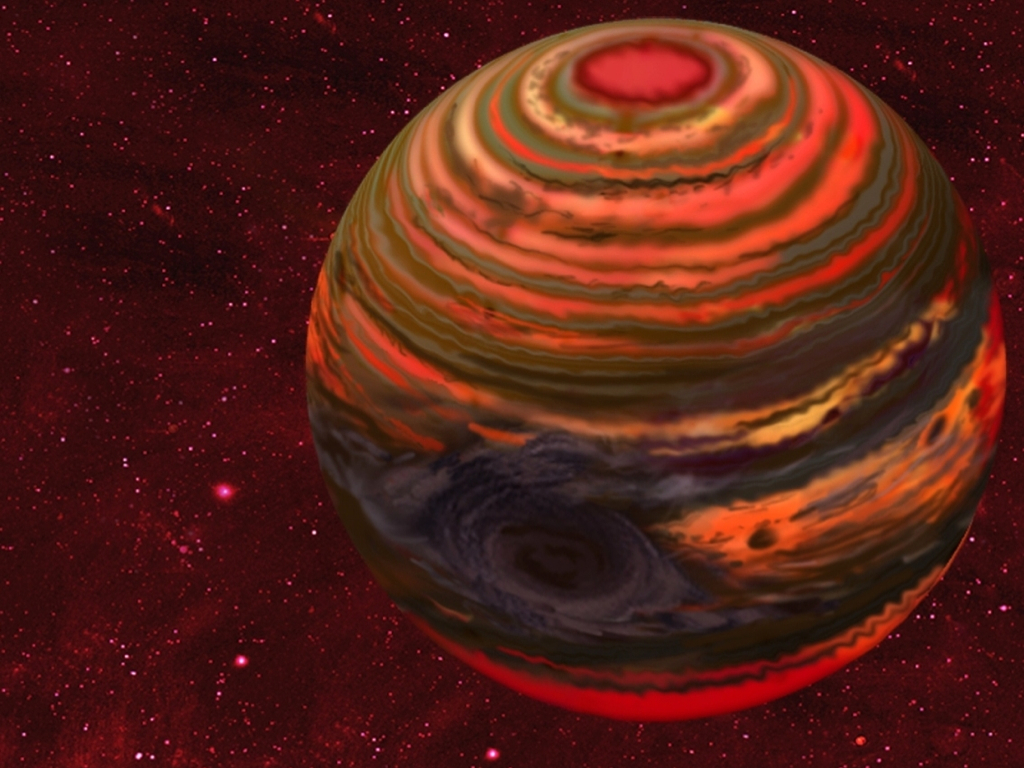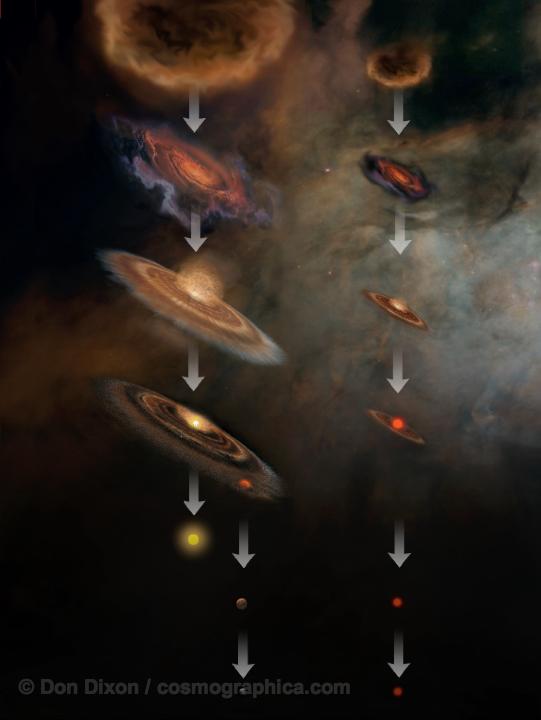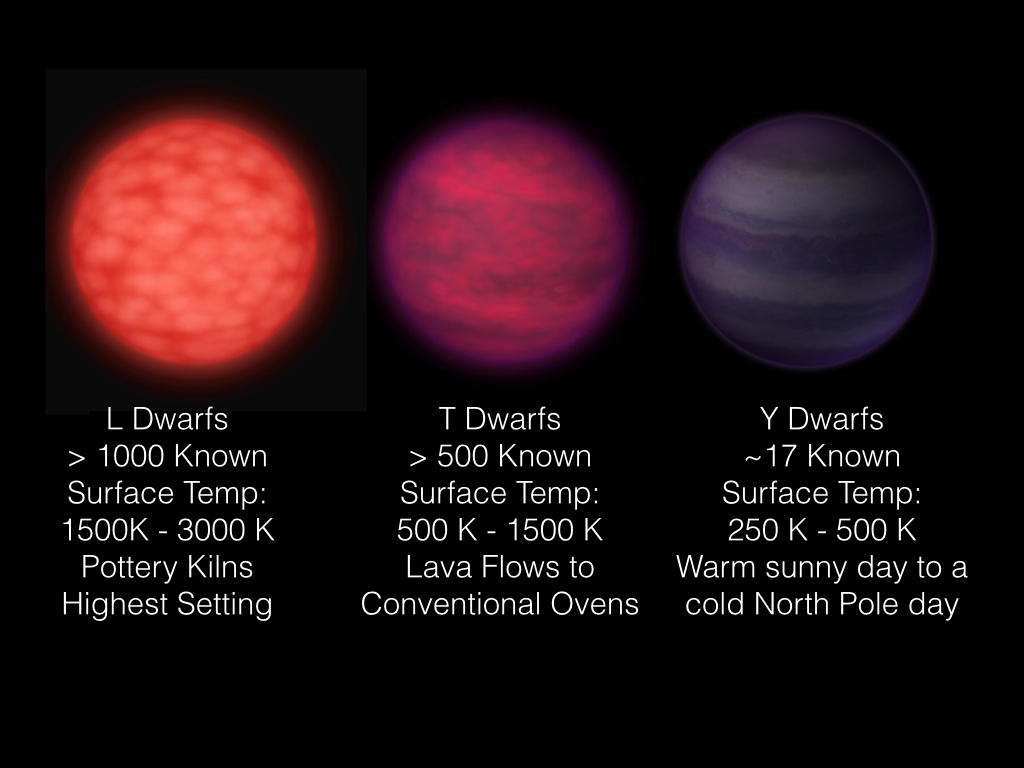by Frank Kiwy
(Note from Marc Kuchner: This software has been a great boon to us here at Backyard Worlds: Planet 9. Thank you to Frank for writing it!)
AstroToolBox is a Java toolkit for the identification and classification of astronomical objects with a focus on low-mass stars and ultra-cool dwarfs. It contains a catalog search for SIMBAD (measurements & references), AllWISE, CatWISE, 2MASS, Gaia, Pan-STARRS, SDSS, among others, plus a spectral type evaluation feature for main sequence stars including brown dwarfs. The toolkit has an image viewer that blinks WISE images from different epochs, in order to visually identify the motion or variability of objects. These images can be saved as PNG or animated GIF files. Overlays of all featured catalogs can be added as needed. Custom overlays can be created from any TAP enabled VizieR catalogs or local files.
AstroToolBox displays time series (static or animated) using infrared and optical images of various surveys (DSS, SDSS, 2MASS, AllWISE, DECaLS, …). It contains a photometric classifier that uses the photometry of the above-mentioned catalogs to create a detailed spectral type classification. In addition, the toolkit has a file browser linked to the image viewer, which makes it possible to check a large list of objects in a convenient way.
Interesting finds can be saved in an object collection for later use. The tool also offers a number of handy astrometric calculators and converters. The toolkit offers additional advanced features such as an ADQL query interface (for IRSA, VizieR and NOIRLab databases) and a batch catalog search that takes a CSV file with object coordinates as input.
What you’ll probably use the most is the image viewer with the catalog overlays. So, I recommend to start getting familiar with this first. The catalog overlays (colored circles displayed on the WISE images) can be clicked to show relevant catalog information including spectral type estimates.
The latest version of the toolkit can be downloaded from the AstroToolBox Github page by clicking the “Download latest version” link.
You need to have a Java Runtime Environment installed on your computer, which normally should be the case. If you don’t have a Java Runtime Environment installed yet, go to the Java download site and download the latest version. Double-click the downloaded file to start the installation process. After successful installation, you can start the toolkit by double-clicking on the AstroToolBox-x.y.z.jar file (where x.y.z stands for the current version number).
If you have any questions regarding the toolkit or need advice on how to use it, don’t hesitate to post your questions to the AstroToolBox Google group. You need to sign in with your Google account credentials. Have fun with your AstroToolBox, aka the Brown Dwarf Hunter’s Leatherman!


 The L types are the warmest and the Y types are the coldest. Arguments could be made for which kind of brown dwarf is the most exciting to study but for the sake of this blog post I’ll tell you about two different ones that were stupendous discoveries to come out of mining WISE data the same way that you are doing.
The L types are the warmest and the Y types are the coldest. Arguments could be made for which kind of brown dwarf is the most exciting to study but for the sake of this blog post I’ll tell you about two different ones that were stupendous discoveries to come out of mining WISE data the same way that you are doing.